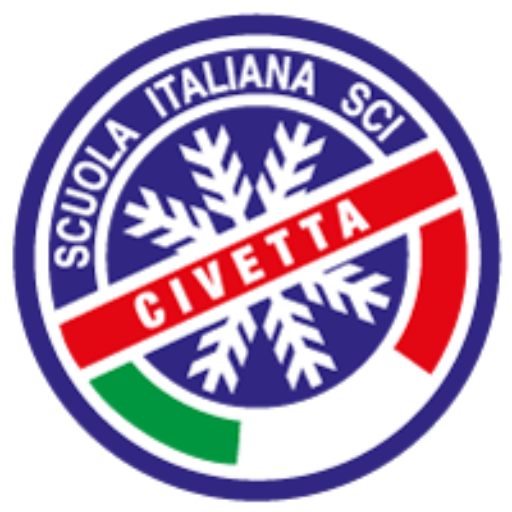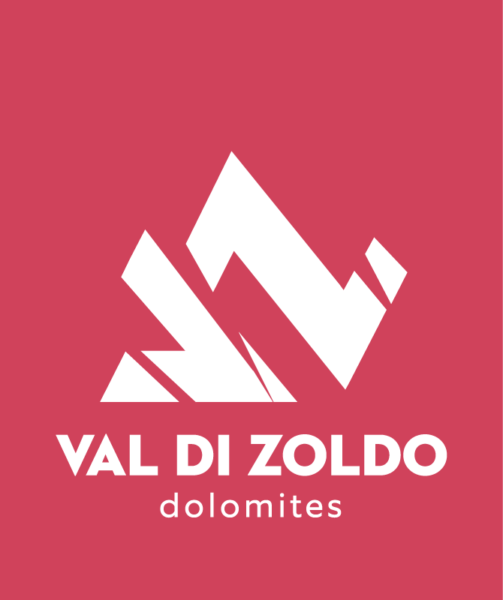The home of the museums is the “Ciasa de ra Regoles”. This is one of Cortina d’Ampezzo’s major civic buildings, along with the Comùn Vècio, and has a long history behind it. The building is of the typical 19th-cent. Austrian urban type with its canopy roof, shaped cornice and absence of balconies. The building was originally a school, created by the dean, Rudiferia. In 1825, he convinced the Council to erect it and work was finished in 1827. In 1868, it was already too small for the number of pupils, so another floor was added. The building remained a “People’s School” until the new primary schools, run by the church, were opened in 1938. In 1957, it became the headquarters of the Regole d’Ampezzo, the Family Mountain Communities which have managed the land around Ampezzo for centuries. In 1971-72 the interior of the Ciasa de Ra Regoles was radically renovated. In 1974, the Mario Rimoldi Museum of Modern Art was opened and, in 1975, the “Rinaldo Zardini” Palaeontological Museum and the “Regole d’Ampezzo” Ethnographic Museum were opened. In 1999-2000, the roof and outside frescos were restored. The facades show the coats-of-arms of the single Regole d’Ampezzo.
- “Mario Rimoldi” Modern Art Museum:
The modern art collection donated to the Regole d’Ampezzo by Rosa Braun Rimoldi is one of the most important in Italy. The collection began in 1923 and in subsequent years, Mario Rimoldi managed to put together paintings and sculptures of major 20th-cent. Italian artists. The collection includes 54 paintings by Filippo De Pisis, 32 works of Mario Sironi, 11 De Chirico and 6 Campigli. It also comprises works by: Carrà, Cesetti, Depero, Guidi, Guttuso, Martini, Morandi, Music, Rosai, Sassu, Savinio, Semeghini, Severini, Soffici, Tomea, Tosi, Vedova. The museum exhibits in turn over 400 works from the collection, but also paintings from other museums. Many museum works are loaned each year for prestigious international exhibitions. - “Rinaldo Zardini” Palaeontological Museum:
The showcases of the palaeontological museum contain millions of years of history of life on Earth. A history visitors can well imagine by carefully strolling amid the many different shaped marine creatures which, petrified in time, testify to a period that began over 200 million years ago, when a calm tropical-like sea covered the Earth. This is one of the largest collections of fossils in existence today – shells of marine invertebrates, corals, sponges and fossils of numerous animals. The collection is the result of a systematic fossil search carried out by Ampezzo researcher Rinaldo Zardini throughout the Dolomite area. These fossils were then catalogued and organised into a collection that testifies to the geological evolution of the Dolomite. - “Regole d’Ampezzo” Ethnographic Museum: The museum houses old tools, implements and artefacts belonging to an agricultural-woodland-pastoral past. Crafted metal-working, from wrought iron to silver filigree, prized wooden objects finely inlaid with mother-of-pearl and metal wires, the traditional costumes of times gone by and the memories of historical events all testify to a legacy of traditions that have been passed down to us thanks to the wisdom of the people of Ampezzo who have always treasured the memory of their origins.
- Olimpic ski – Jump Italia
The ski-jump was built in 1955, for 7th Winter Olympic Games held in Cortina, on the same hill where a wooden ski-jump had existed since the Thirties. The official opening ceremony took place on 8th December 1955. The design, the static analysis, and the studies were realised by the engineers mentioned below: Piero Pozzati, Guglielmo Holzner, Enzo Mantovani, Luciano Berti, Reinhard Straumann. The Olympic Ski-jump “Italia” has hosted national and international ski-jump competitions, World Cup competitions and the Gran Prix of the Nations. Besides the usual ski-jumping activity, also snow rafting events take place, whereas the finish area is used as football ground. The concrete structure is hollow. The tower, equipped with internal lift is 54 m high The incline is 86.5 m long, including the edge. It is covered in wood and there is an inside stairway. The maximum inclination of the incline is 35°. The landing slope is inclined by 38° at its extreme point . The limit distance for a safe landing (K point) is 86.5 m from the edge. In the 6-floor side turrets there are the areas for the judges, the press, and the authorities. The side stands can hold 3,000 spectators. The amphitheatre surrounding the deceleration plane and the finish area is formed by grass-covered steps, where as many as 40,000 spectators can stand.


